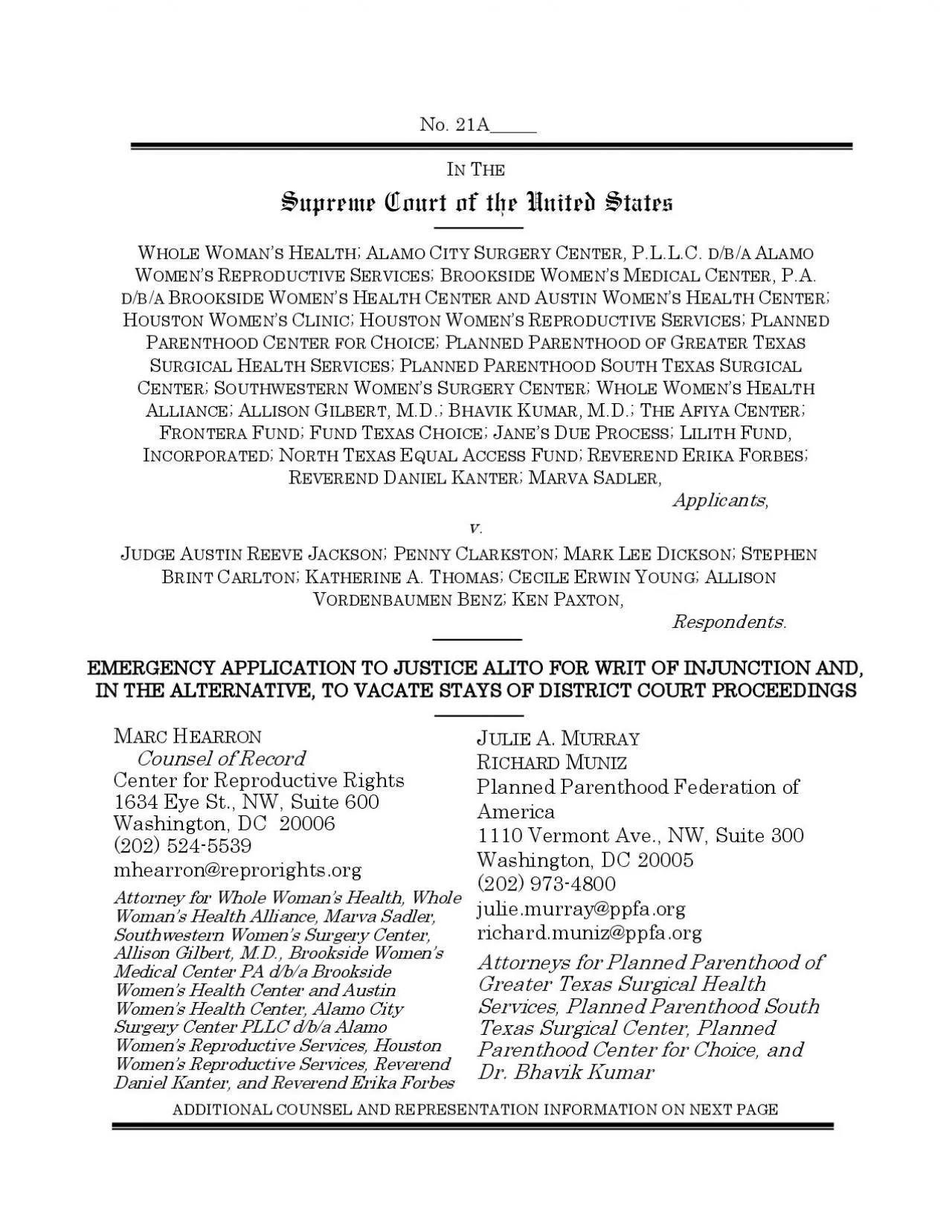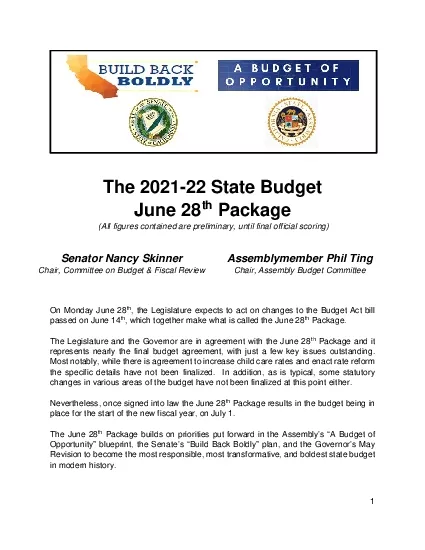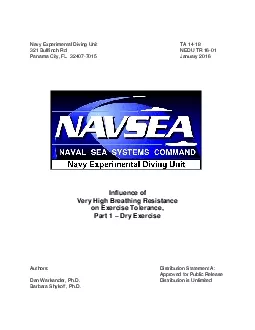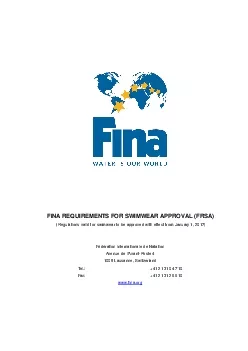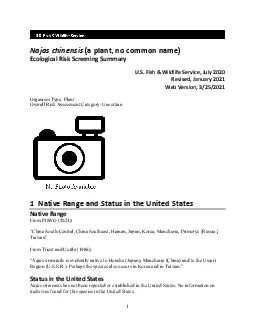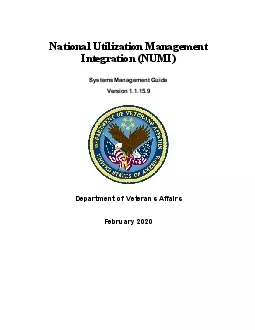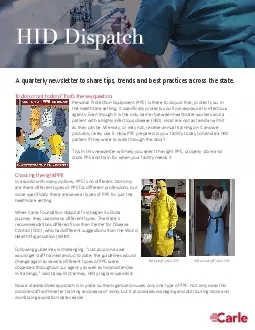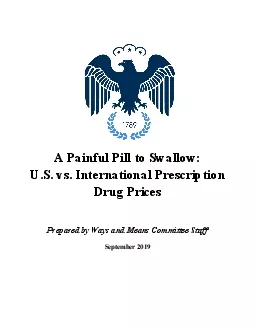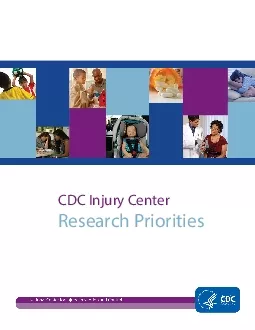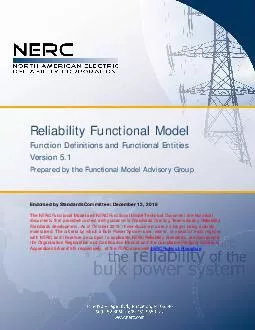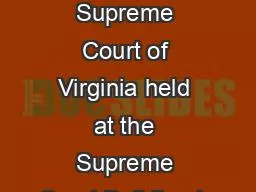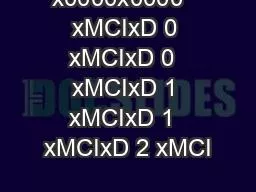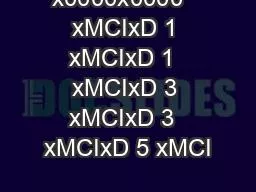PDF-x0000x0000 xMCIxD 0 xMCIxD 0 No 21AN Supreme Court of the United St
Author : clara | Published Date : 2021-09-27
EMERGENCY APPLICATION TO JUSTICE ALITO FOR WRIT OF INJUNCTION AND IN THE ALTERNATIVE TO VACATE STAYSOF DISTRICT COURT PROCEEDINGSMARC HEARRON Counsel of RecordCenter
Presentation Embed Code
Download Presentation
Download Presentation The PPT/PDF document "x0000x0000 xMCIxD 0 xMCIxD 0 No 21AN Su..." is the property of its rightful owner. Permission is granted to download and print the materials on this website for personal, non-commercial use only, and to display it on your personal computer provided you do not modify the materials and that you retain all copyright notices contained in the materials. By downloading content from our website, you accept the terms of this agreement.
x0000x0000 xMCIxD 0 xMCIxD 0 No 21AN Supreme Court of the United St: Transcript
Download Rules Of Document
"x0000x0000 xMCIxD 0 xMCIxD 0 No 21AN Supreme Court of the United St"The content belongs to its owner. You may download and print it for personal use, without modification, and keep all copyright notices. By downloading, you agree to these terms.
Related Documents

